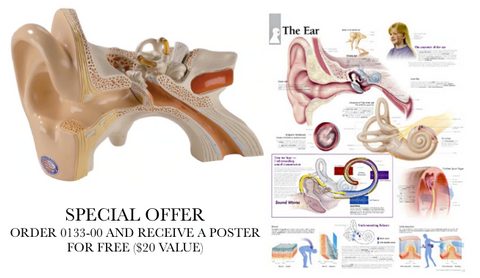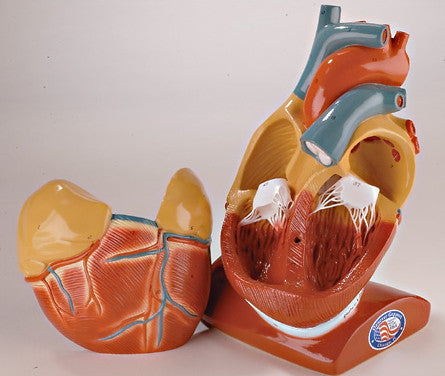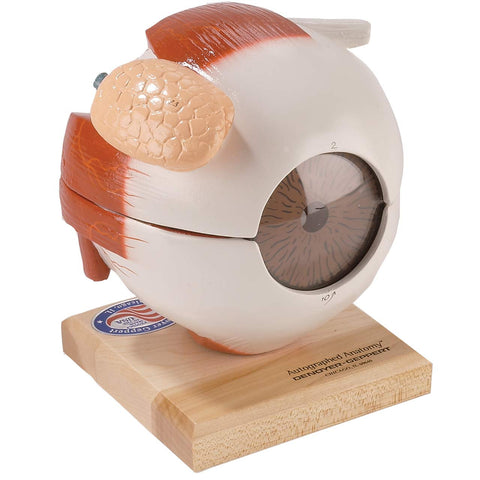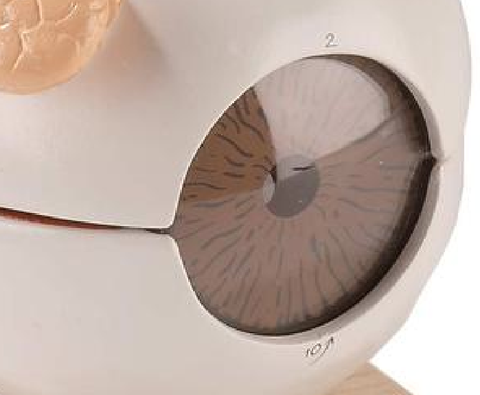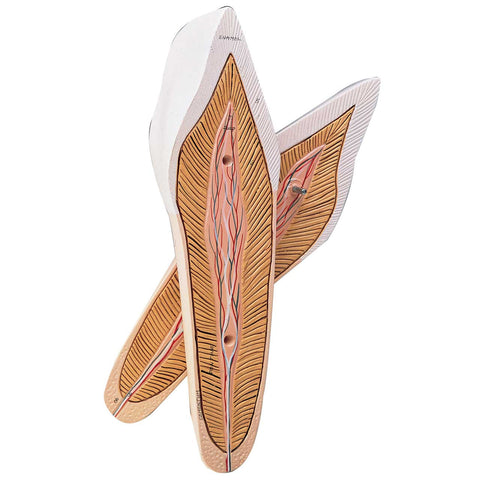0133-00 Giant Three-Part Ear Model

-
Auricle (pinna)
-
Cartilage and skin
-
External auditory canal
-
Wax-producing glands
-
Earlobe
-
Cartilage of external auditory meatus
-
Temporal bone
-
Styloid process
-
Tympanic (fibrocartilaginous) ring
-
Tympanic membrane (eardrum)
Auditory Ossicles:
-
Incus (anvil)
-
Malleus (hammer)
-
Stapes (stirrup)
-
Anterior ligament of malleus
-
Posterior ligament of incus
-
Tensor tympani muscle
-
Stapedius muscle
-
Tympanic cavity
-
Eustachian tube
-
Anterior semicircular canal
-
Ampulla of superior canal
-
Posterior semicircular canal
-
Ampulla of posterior canal
24. Lateral semicircular canal
25. Ampulla of lateral canal
26. Vestibule
27. Oval window located under stapes (vestibular window)
28. Round window (cochlear window) 29. Cochlea, first turn
Scala vestibuli (orange) Scala media (white) Scala tympani (blue)
30. Cochlea, second turn
31. Cupula
32. Vestibular nerve (Cranial Nerve VIII)
33. Cochlear nerve (Cranial Nerve VIII)
34. Facial nerve (Cranial Nerve VII)
35. Internal carotid artery
36. Cartilaginous portion of Eustachian tube
We Also Recommend

